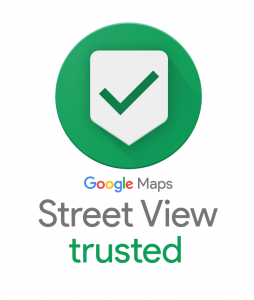If you are a new small business owner, you may struggle to define your enterprise and set it apart in a world of similar entities. Branding comes into play here as you capitalize on what makes you unique among competitors. Learn more about branding and decide upon your next steps after reading the following information.
What Is Branding?
According to The Hartford, branding is all about developing your venture’s identity. As a new business owner, you can design a professional website and make certain promises to your future clients and customers — but they may forget about you and choose another online store or cafe because something about the other business attracts them more quickly.
1. Know That Colors, Fonts, and Aesthetics Matter
Before you choose your company’s name and design its logo, put some thought into what you want to stand for as a business as well as what your overall design will represent to the world. Do you want to seem fun and youthful, or would you rather put off a sophisticated, classy vibe? Creating your brand identity takes into account how your website, social media, graphics, and tangible items such as menus or appointment cards look and feel.
2. Identify Your Target Audience
Your company is speaking to someone — whether you mean to or not. Why not put out the right message? Branding helps you take control of your own narrative and image as you target groups of potential customers. For example, do you mean to address twenty-somethings who are developing their professional identities for the first time, or are you targeting older adults who are approaching retirement?
3. Don’t Underestimate Your Customers
Most customers know what branding is even if they are consciously unaware of it. Don’t expect your potential consumers to be misled by cute graphics or swayed by one article: Treat them like mature, responsible individuals who may want to follow you on a journey if their goals align with yours. Remember, you’re trying to sell to them, not trick them into buying your product or service.
4. Learn What You Can Do Yourself
Some aspects of branding are simple to learn. You may already have a catchy name for your company, or perhaps you have a robust personal social media following that you can steer toward your new professional venture. Using your own talents can save you from paying experts if you already know how to write web content that incorporates your mission or use social media to target like-minded individuals.
5. Hire Professionals To Help
It’s important to realize that you can’t do it all — even as a solopreneur! Stick with your strengths here. For example, don’t try to design your website if you have no experience with graphic design and layout or if you’re confused about which colors would best represent your brand. Numerous freelance professionals would be happy to help you develop your brands, such as graphic artists, web developers, content writers, and marketing specialists such as Talk Out Loud.
When working with freelancers who use graphics, you may frequently send large files back and forth. Use an easy PDF compressor tool to make these big files easier to send while ensuring quality in your images without compromising the file or its contents.
Developing your new business’s brand is one of the most important and potentially powerful phases of launching. Don’t overlook these small details, and remember that branding matters. It may be the difference between gaining a customer or losing one.







